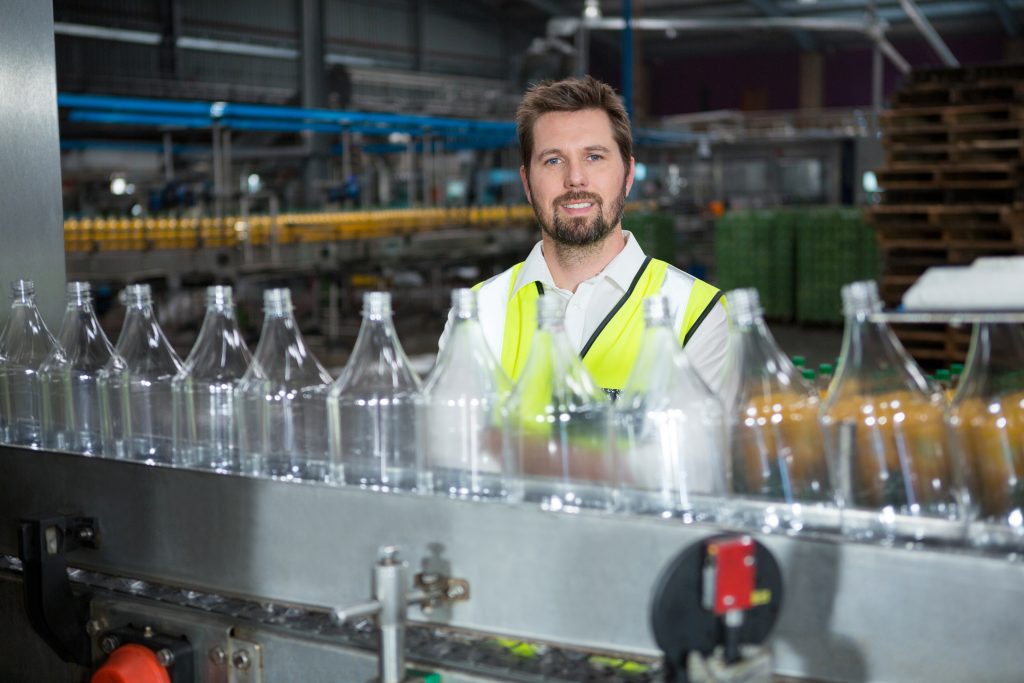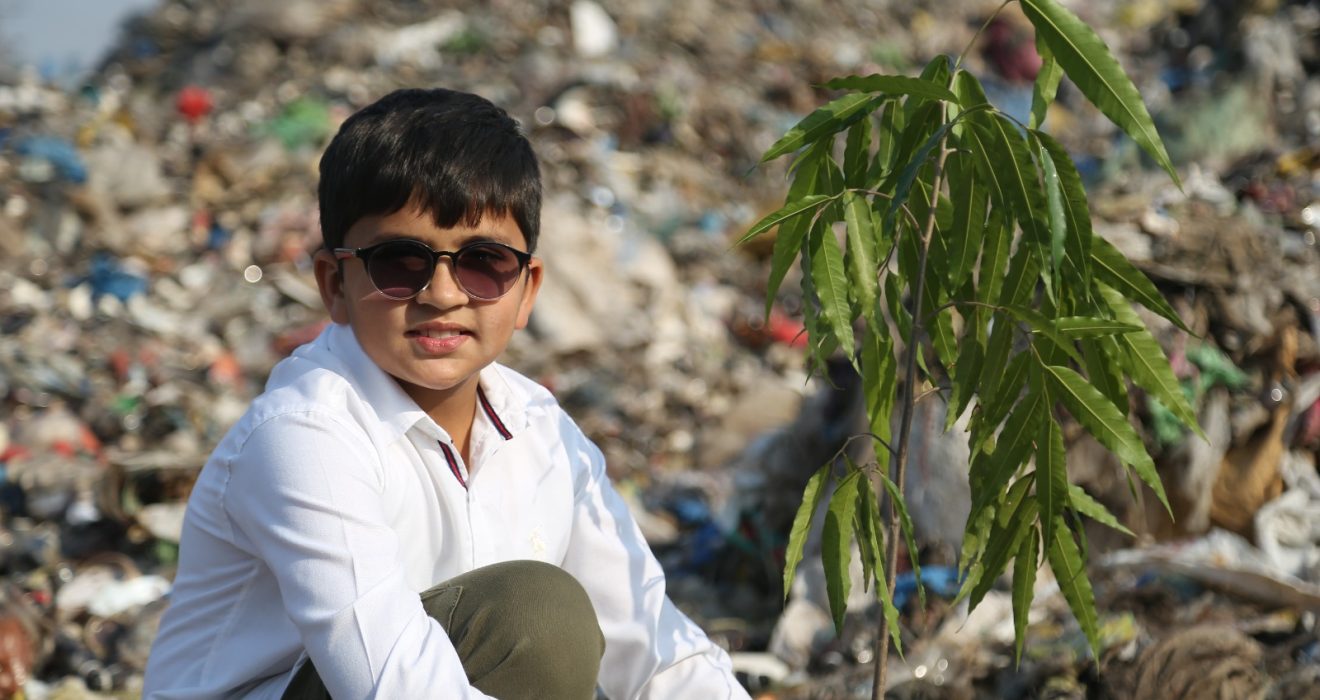Discover the environmental benefits of glass recycling and how it helps clean the environment. Learn how recycling glass conserves resources, reduces energy consumption, and minimizes landfill waste. Explore the positive impact on air and water quality, as well as the broader contribution to sustainable living.
We Keep the Environment Clean by Glass Recycling
As a leading force in the field, we specialize in innovative glass recycling solutions that not only contribute to a cleaner environment but also pave the way for a more sustainable world. Join us as we actively work towards reducing waste, conserving resources, and fostering a greener planet through glass recycling technologies and initiatives.
Why Glass Recycling is Great
Glass recycling is great for many reasons:
- It conserves valuable natural resources, as recycled glass reduces the need for raw materials.
- It saves energy, requiring less energy to produce recycled glass than raw materials.
- Recycling glass helps minimize landfill waste, promoting a cleaner environment.
- The process produces fewer greenhouse gas emissions, contributing to a smaller carbon footprint.
- Recycled glass is recyclable, making it a sustainable choice.
Glass recycling is a simple and effective way to protect the planet, conserve resources, and reduce our environmental impact.
Why do We Recycle glass?
We recycle glass to give it a new life and reduce waste. When we recycle glass, it is melted down and used to make new products like bottles and jars. This process saves energy compared to making glass from raw materials. The recycled glass is called “cullet,” and using it in production helps conserve natural resources. Recycling glass also prevents it from ending up in landfills, where it would take a long time to break down. By recycling, we contribute to a more sustainable and eco-friendly practice, reducing the environmental impact of manufacturing and promoting a circular economy where materials are reused instead of discarded.

How do We Recycle Glass?
Recycling glass involves specific steps to transform used glass containers into new products. The process begins with collecting, where consumers deposit glass bottles and jars into designated recycling bins. Once collected, the glass is transported to a recycling facility. The first step at the facility is sorting. Here, glass is separated from other recyclables based on color, as different colors have distinct chemical compositions. Sorting is done manually or through automated systems that use air jets or conveyor belts. After sorting, the glass is cleaned to remove contaminants like labels, caps, or food residue. This step is essential to maintain the quality of the recycled material. Cleaned glass is then crushed into small pieces called cullet.
Next, the cullet undergoes a process called melting. The cullet is melted in furnaces at high temperatures, generally around 2,600 degrees Fahrenheit (1,427 degrees Celsius). This molten glass is molded or blown into new shapes, forming bottles or jars. The newly formed glass products are shipped for packaging and distribution, completing the recycling loop. This entire process conserves energy, as using a cullet in production requires lower temperatures than manufacturing glass from raw materials. It contributes to a more sustainable and eco-friendly approach to glass production.
Our Glass Recycling Plants to Clean Environment
Glass recycling plants in our factories play a key role in cleaning the environment. They receive used glass from consumers, sorting it by color and removing contaminants. The glass is then cleaned thoroughly to ensure quality recycling. After cleaning, the glass is crushed into cullets, ready for the next step. The cullet is melted and shaped into new bottles or jars in high-temperature furnaces. Our glass recycling plant follows a systematic process to transform used glass into new products. Here’s a breakdown of how our glass recycling plant works:
- Collection: Used glass is collected from consumers through recycling programs or designated collection bins.
- Sorting: The collected glass is sorted based on color, usually green, brown, and clear, as different colors have different chemical compositions.
- Cleaning: The sorted glass is thoroughly cleaned to remove labels, caps, and contaminants. Cleaning is essential to maintain the quality of the recycled material.
- Crushing: The cleaned glass is crushed into small pieces known as cullet. Crushing facilitates the melting process and prepares the glass for the next stage.
- Melting: The cullet is melted in high-temperature furnaces. This molten glass is the raw material for producing new glass items.
- Shaping: The molten glass is shaped into new products like bottles or jars. This can be done through molding or blowing techniques.
- Cooling and Inspection: The newly formed glass products are cooled and inspected for quality. Any defects are identified and addressed.
- Packaging and Distribution: The finalized glass products are packaged and distributed for use, completing the recycling loop.
Throughout this process, the recycling plant reduces energy consumption compared to traditional glass production methods, contributing to environmental sustainability and resource conservation.
Benefits of Recycling Glass
- Resource Conservation: Recycling glass minimizes the demand for raw materials, preserving natural resources.
- Energy Efficiency: Manufacturing glass from recycled materials requires less energy than starting from scratch.
- Emission Reduction: Recycling glass helps lower greenhouse gas emissions linked to raw material extraction and production.
- Landfill Space Saver: Glass decomposes slowly; recycling diminishes the glass volume in landfills.
- Circular Economy Promotion: Using recycled glass fosters a circular approach, minimizing waste and maximizing resource utilization.
- Air Pollution Mitigation: The glass manufacturing process emits pollutants; recycling helps mitigate environmental impacts.
- Job Creation: Recycling industries generate jobs in collection, sorting, and processing, contributing to the economy.
- Wildlife Habitat Protection: Reduced need for new glass production helps protect wildlife habitats from extraction-related disturbances.
- Closed-Loop System: Recycling allows glass to be continually reused, promoting a sustainable and closed-loop system.
- Community Engagement: Recycling glass encourages community participation in eco-friendly practices, fostering environmental awareness.

Help Us for a Crystal Clear Greener Planet
Contribute to a Crystal Clear, Greener Planet! Help us make a difference by recycling your broken glass. Your old glass items can transform into something new and beautiful. Enviro Corporation is committed to sustainability, and you can be a part of it. Drop off your used glass, whether a shattered vase or a broken bottle, at our designated collection points. We can reduce waste, conserve energy, and create a cleaner, greener future. Every shard counts! Join us in the journey towards a sustainable tomorrow. Let’s turn broken glass into a symbol of renewal and environmental responsibility together. Enviro Corporation— where every contribution makes our planet shine brighter.
FAQs
Why does glass need to be recycled?
Recycling glass conserves resources, reduces energy use, and minimizes landfill waste, benefiting the environment.
What do you recycle glass for?
Recycled glass is used to create new bottles and containers, contributing to a circular and sustainable manufacturing process.
What is the good point of glass recycling?
Glass recycling conserves resources, reduces carbon emissions, and minimizes environmental impact, promoting a cleaner and greener planet.
Why do we reuse glass bottles?
Reusing glass bottles reduces the need for new production, conserves energy, and decreases the environmental footprint of packaging.
How do you recycle glass waste?
Glass waste is collected, sorted, and melted to create new products, forming a closed-loop system that minimizes environmental impact.
Why is reusing glass better than recycling?
Reusing glass reduces energy consumption, lowers carbon emissions, and extends the lifecycle of the material, making it an eco-friendly choice.

